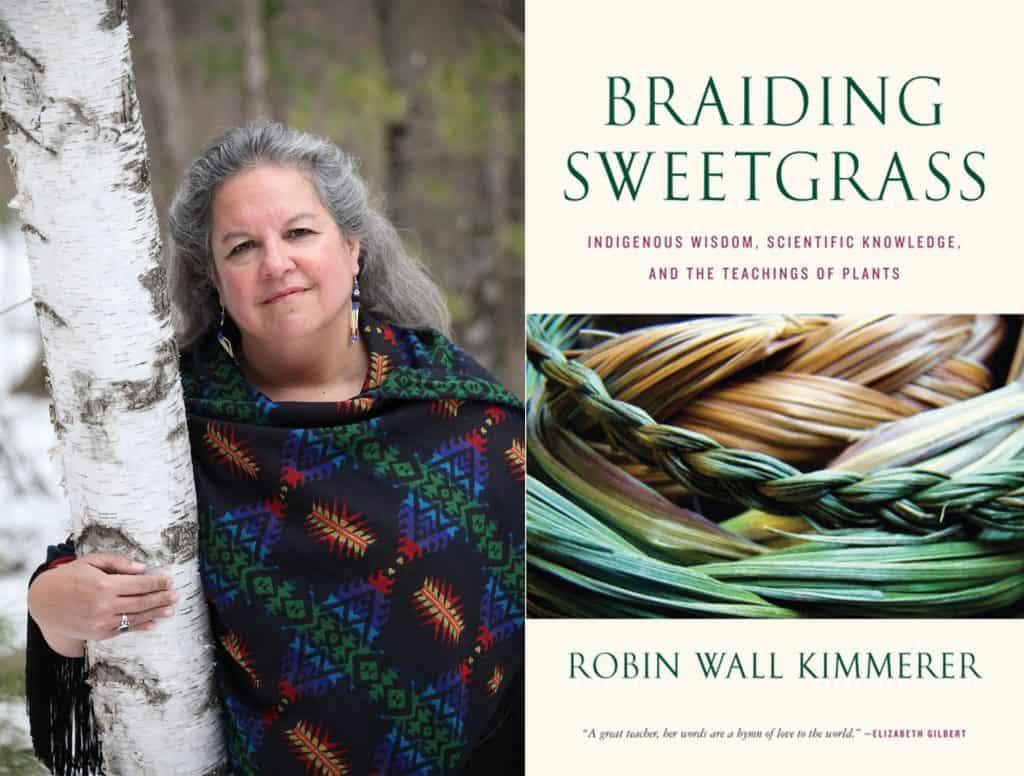The botanist who can talk to nature: Robin Wall Kimmerer
Robin Wall Kimmerer, a member of the Potawatomi people and a botanist, is a multilingual researcher with nature: On the one hand, her relationship with plants and animals since childhood showed her that nature is our oldest teacher, on the other hand, her botanical education taught her to see the parts of the whole.

Combining the teachings of her people and the voice of science, Kimmerer brings together the experiences she gained by looking through these two different lenses of knowledge in her book "Braiding Sweetgrass: Indigenous Wisdom, Scientific Knowledge and the Teachings of Plants", which entered the New York Times Bestselling Books list. The book reminds us that the relationship we establish with the world of living things should be reciprocal. Because only when we can understand the languages of other living things can we understand the generosity of the world and learn to give our own gifts in return for this generosity.
ROBIN WALL KIMMERER is a mother, scientist, award-winning professor, official member of the Potowatomi people. Her first book, Gathering Moss, won the John Burroughs Award for her outstanding nature narrative. Her articles have been published in Orion, Whole Terrain, and numerous scientific journals. She lives in Syracuse, New York. She is a professor of Environmental Biology at New York University and the founder and director of the Center for Indigenous Peoples and the Environment.
Who are the Potawatomi, of which Robin Wall Kimmerer is a member?
The Potawatomi are an Indian people living in the states of Michigan, Wisconsin and Oklahoma in the United States and in the province of Ontario in Canada. Like other US Indians and Canadian Indians, the Potavatomi are legally required to live in camp-like concentration settlements called an Indian reservation (USA) or an Indian reserve (Canada).
The name of the people, who were among the first settlers of the banks of the Mississippi River, was first mentioned in French sources in the 17th century. In 1998, it was recorded that there were about 28,000 people.
